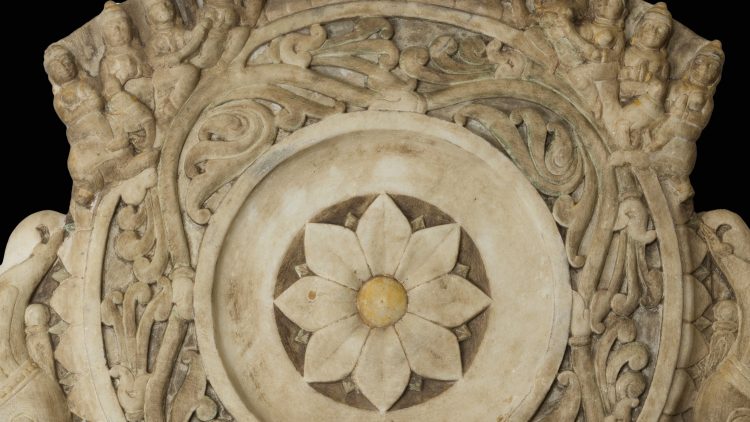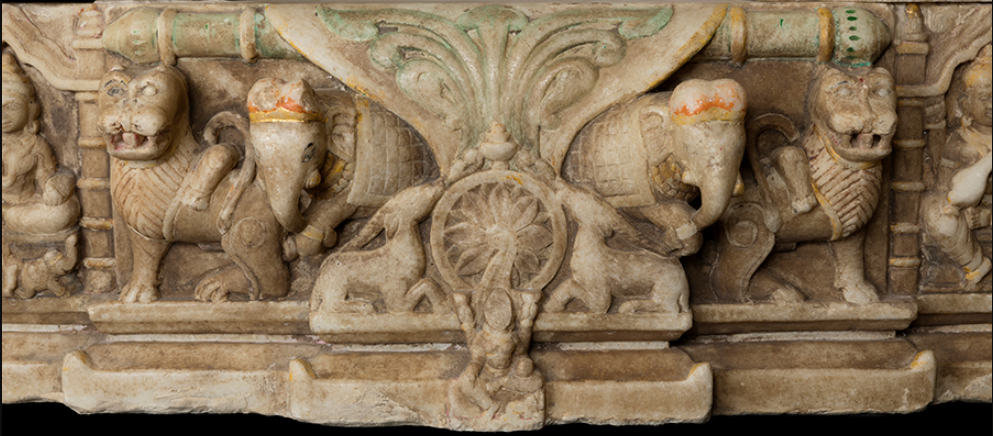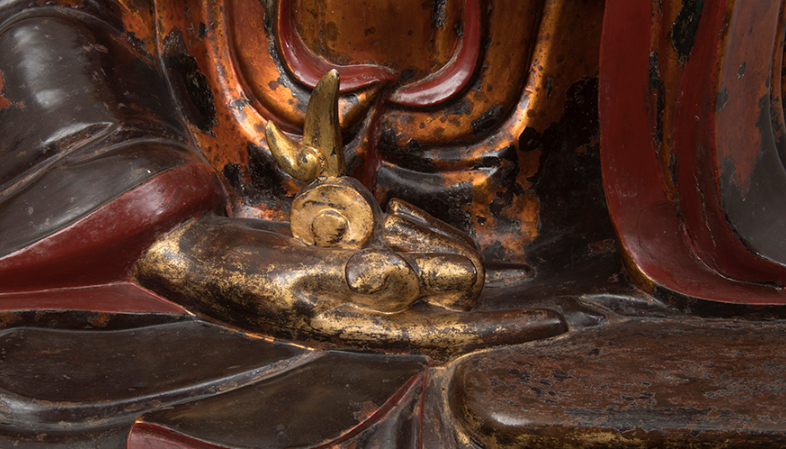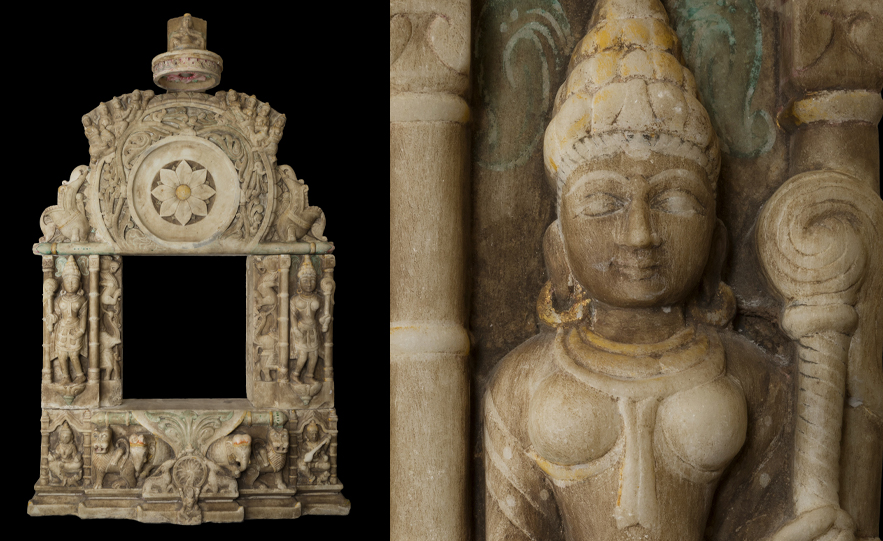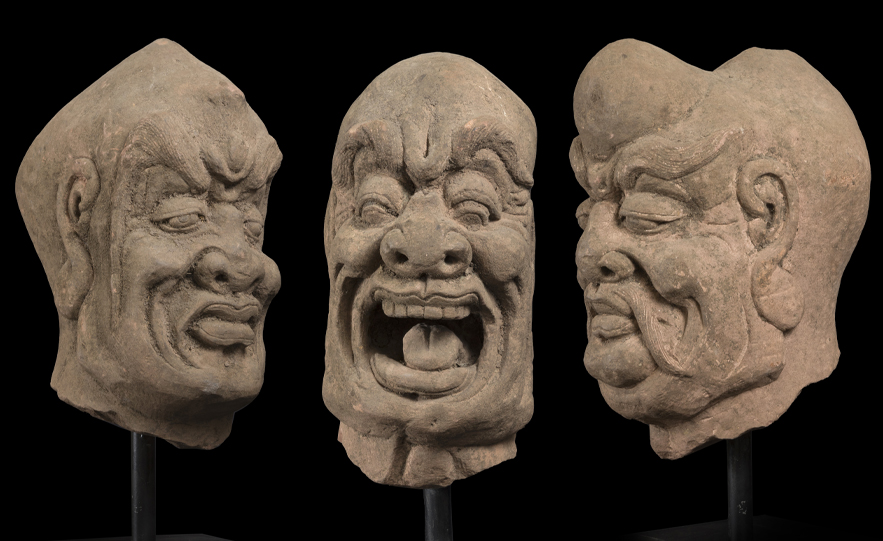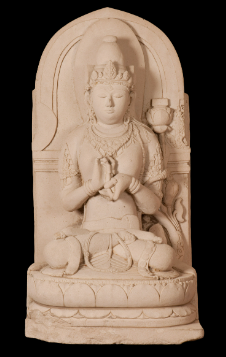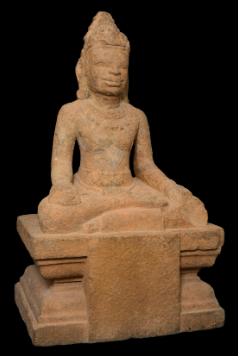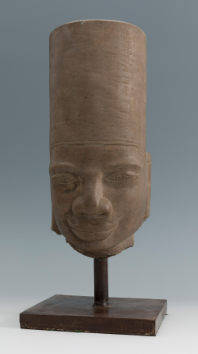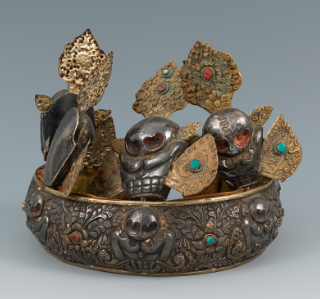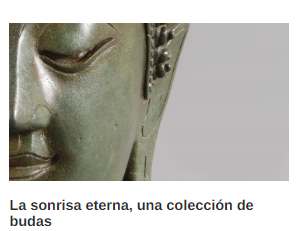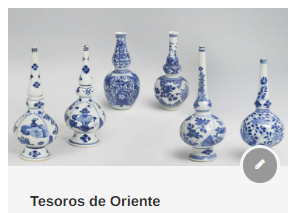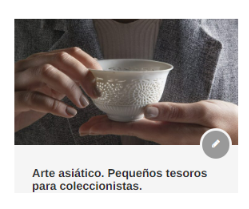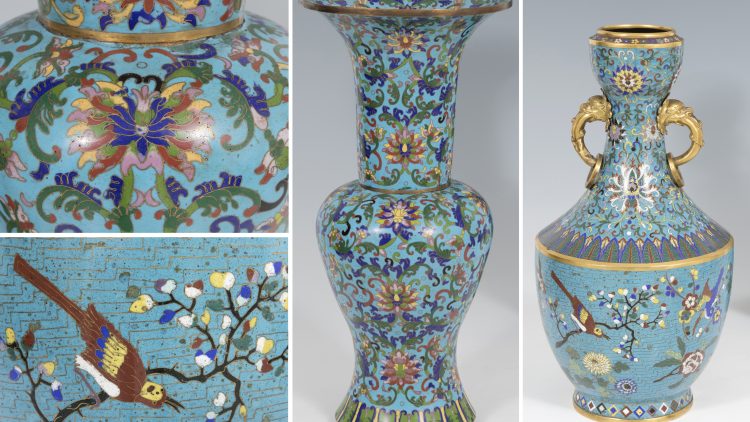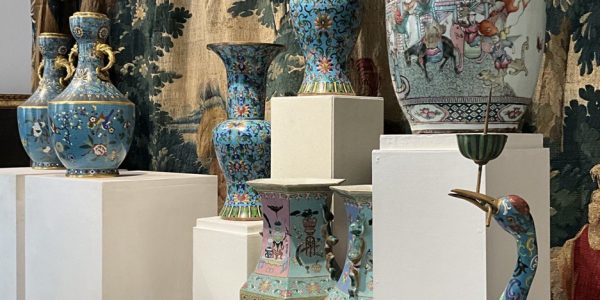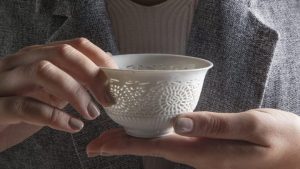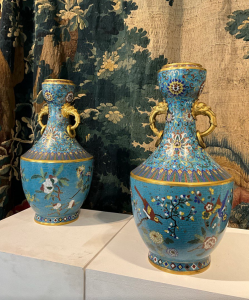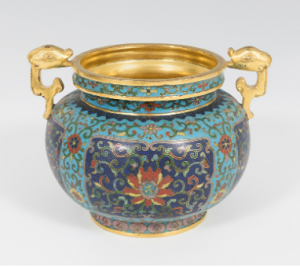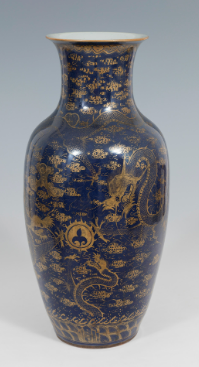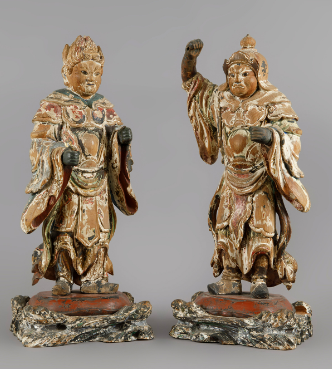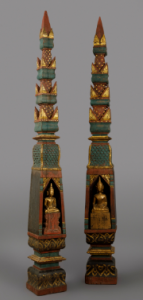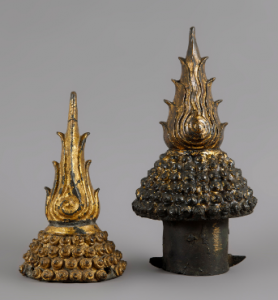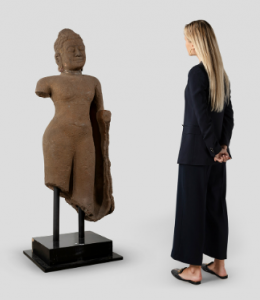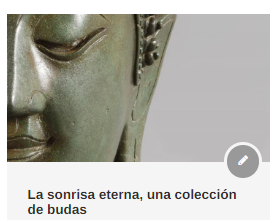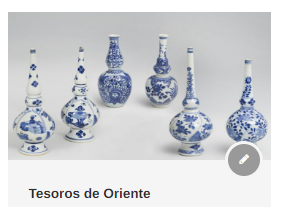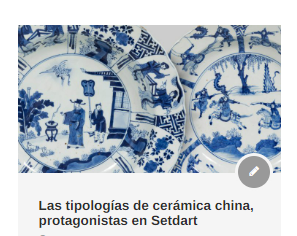Setdart presents a complete auction with a wide variety of oriental lots. China, Japan, Cambodia, Thailand or Laos are among the places represented, with important pieces that we review below.
It seems that when an auction of oriental art is presented, Chinese culture has to be the one that contributes the most works due, in part, to its enormous success for centuries in Europe and the United States. For some time now, however, Southeast Asian art has managed to carve a niche for itself on the international market, with millionaire auctions, for example, within the Khmer Dynasty, to name a few of the territories orbiting the Chinese giant.
In Setdart we also wanted to echo this plurality, meeting all the demand that the West requires from the East, as centuries ago, so we are going to make a brief tour of some of the most important lots that will be auctioned next month.
China is, of course, the main protagonist, this time with cloisonné and porcelain pieces from the Wanli period to the Tongzhi period, already in the 19th century.
We begin chronologically with lot 35246182, a piece from the Wanli period, notable both for its provenance, as it has a label of John Sparks, one of the most important traders of oriental art in England in the 20th century, and for its technique, known as devil’s work or ling long (exquisite in Mandarin). This is due to the great skill required by the craftsman, both in cutting the paste and its subsequent firing, to create the intricate grid that can be seen today throughout the tank.
Moving on to the Qianlong period we come across lots 35310166 and 35310167, two important pieces made in cloisonné enamel. On a bronze base, the powder enamels, which after firing and casting will color the surface, are separated by metal fillets forming cells. Finally, everything is sanded and polished to give homogeneity to the work, and the fillets are then gilded. What is relevant about the pair of vases is, precisely, that they have come down to us without having been separated over time, a common practice due to the misfortunes of time. In addition, it has a representation loaded with symbolism, such as shou dai niao or bird with silk band, a play on words common in Chinese culture, as shou dai would mean something like silk band, while shou means, in turn, longevity. In addition, when combined with daffodils or shou xian, it works as a pictogram, as it is a way of wishing longevity and full life to a whole generation of the same family. If we talk about the lotus, things get even more complicated, because it has a multitude of meanings, again, as a result of complex word games. In this case, both in the pair of vases and in the incense burner, the lotus flower, symbol of beauty and purity, as it is born from the mud and rises to the surface, is accompanied by tendrils and seeds, or lian zi; zi in turn, childrenThe representation of it becomes a desire for its holder to have multiple descendants.
We continue towards the 19th century and another of the most relevant pieces of the auction comes to the surface: the lot 35310170. Its interest lies in the colorful glaze that dominates the background of the piece, known as powder blue. Originating in the 15th century, during the Kangxi period it was imitated, seeking a similar effect by blowing the cobalt blue powder over the unfired surface and then glazing it. The decoration is made with gold dust, representing dragons, the imperial symbol, searching for the pearl of wisdom, among ruyi clouds and lingzhi mushrooms, which, when they appear together, symbolize the desire to achieve immortality. This all seems to make more sense when we see the inscription on the base of the vase and discover that the porcelain was intended as a gift to the patriarch of the family.
We now leave China and head east to Japan in search of the 35358681 lot, a pair of impressive wood sculptures from the 17th-18th centuries, still with part of the original polychromy. They represent Basara Taisho and Sanchira Taisho, two of the twelve general protectors of Bhaisajyaguru, the medicine Buddha. This guard is nothing more than yakshas or nature spirits who consecrated themselves to the doctor after hearing one of his sutras.
Finally, heading south, we reach Laos, Thailand and Cambodia, with lots 35358688, 35358652 and 35358437, respectively. Here it is worth mentioning the Buddha sculpture of the Khmer culture, dating from the 13th century AD. C. Made of sandstone, a material in which these types of pieces are usually carved, it is an important addition to the auction catalog because, as we have been saying, they are achieving important finishes and represent an interesting investment for the future.
There are many lots that we have left out, as we are dealing with an auction with important works that we consider cover a large part of the geographical spectrum of the eastern territory, being difficult to treat all of them with the depth they deserve. However, we are sure that they will reap a good result, as it has a wide range of pieces for different types of collectors, covering a good repertoire.

